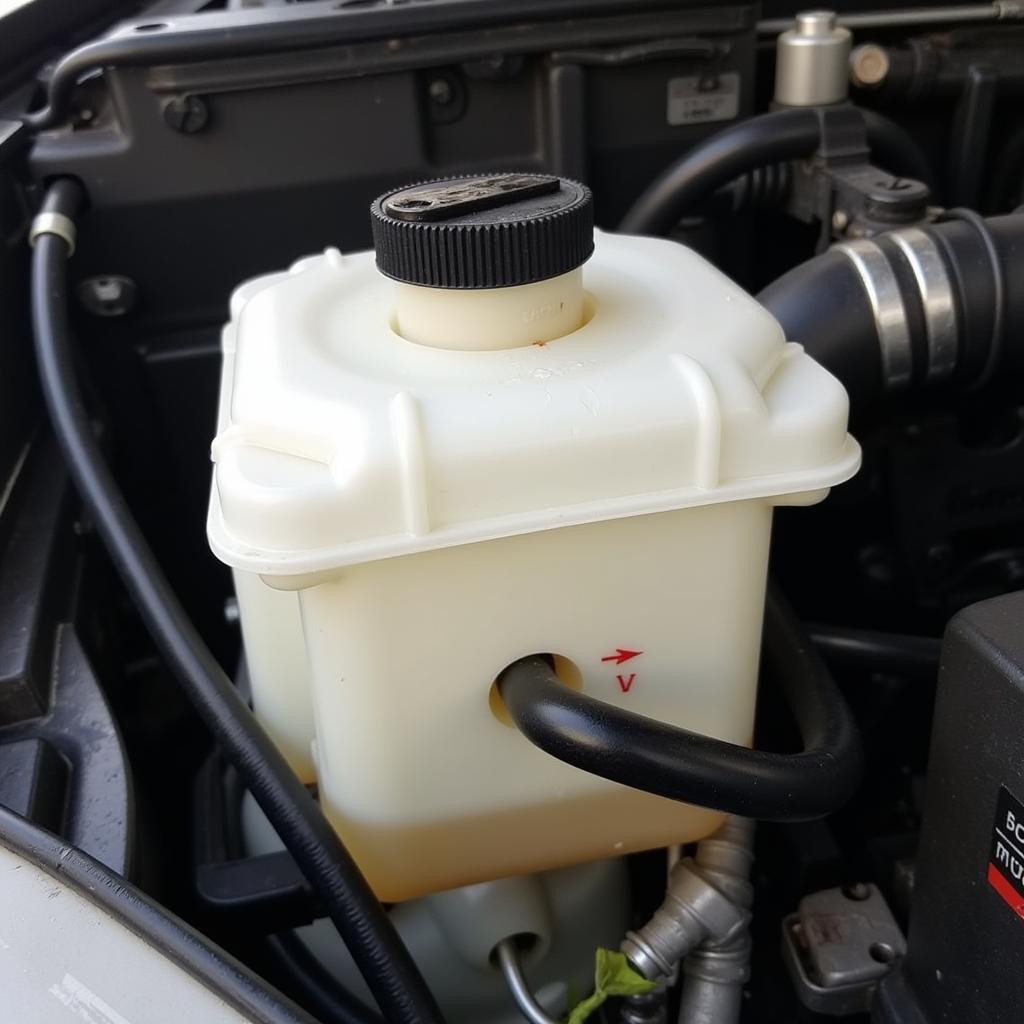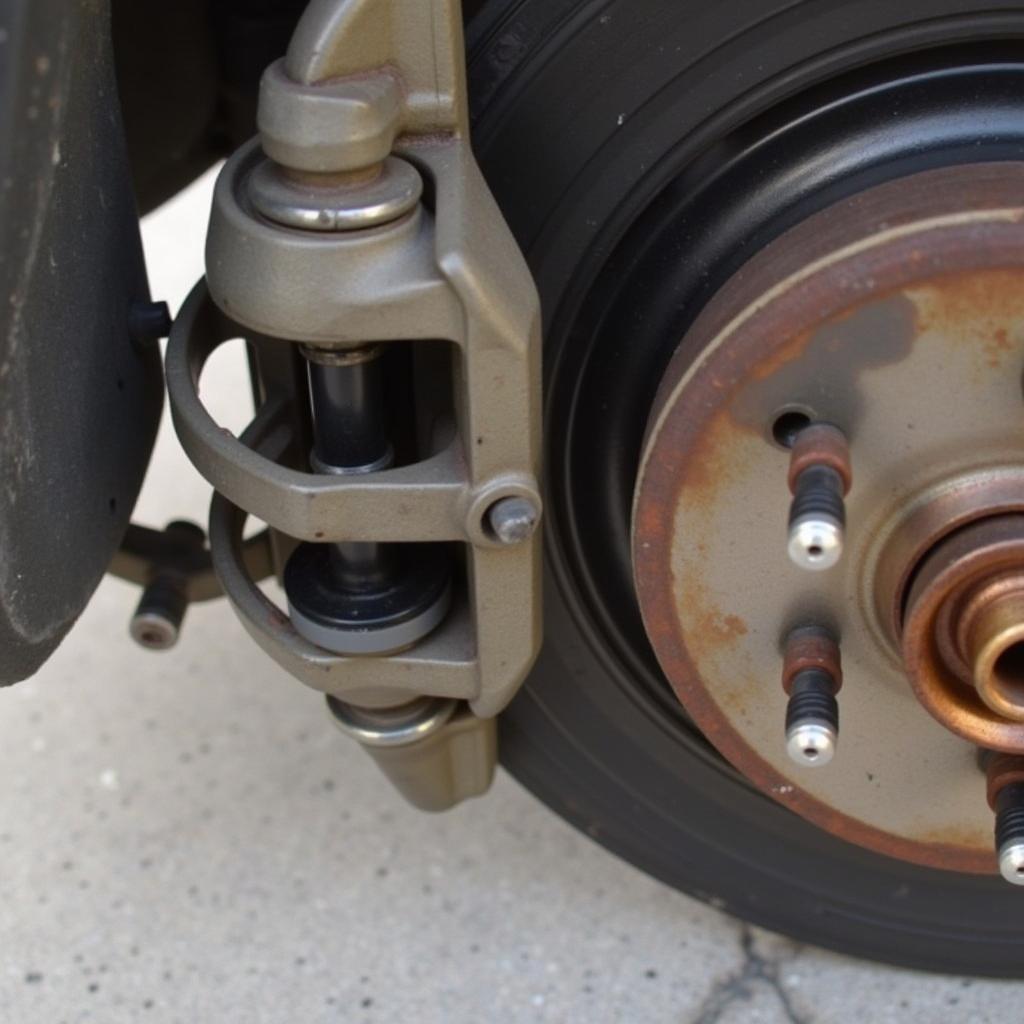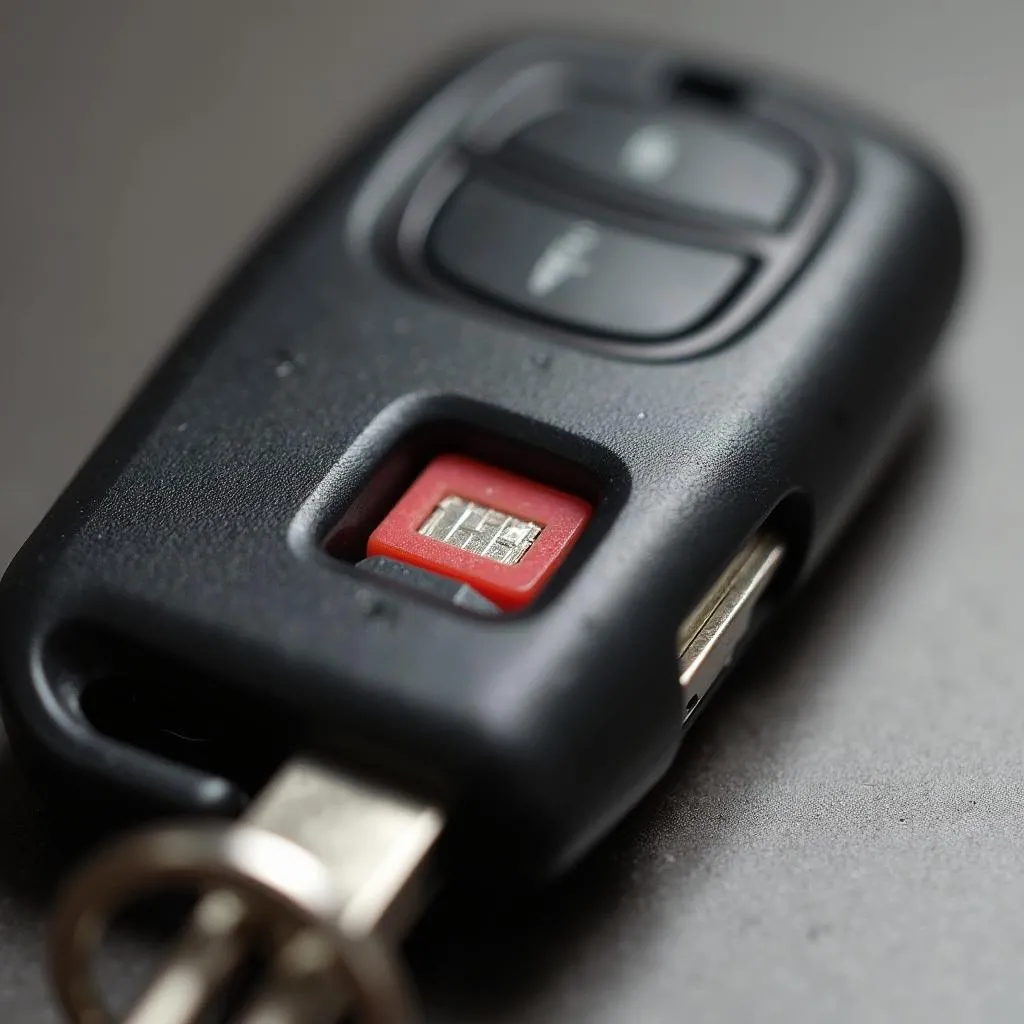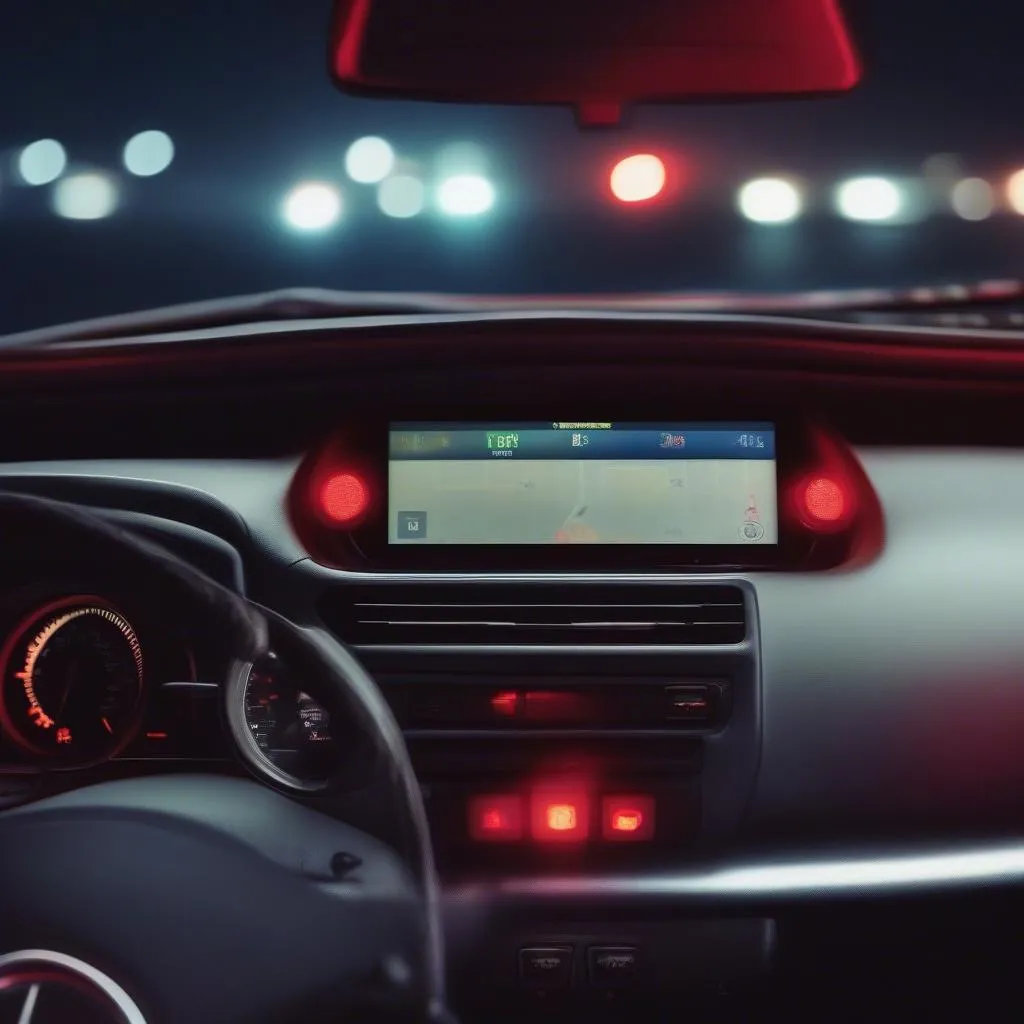Brake system warning lights may indicate low brake fluid levels. This seemingly simple connection can actually point to a variety of underlying issues, impacting your vehicle’s safety and performance. Understanding what these warning lights mean and how low brake fluid levels contribute to the problem is crucial for every driver.
Decoding Your Dashboard: Brake Warning Lights
Several warning lights on your dashboard relate to your brake system. The most common is the brake warning light itself, often symbolized by a circled exclamation mark (!) or the word “BRAKE.” This light can illuminate for various reasons, including low brake fluid, a malfunctioning parking brake, or issues with the ABS (Anti-lock Braking System). Another light to watch for is the ABS warning light, usually displaying “ABS” within a circle or outline. While this light specifically indicates a problem with the ABS, it can sometimes be accompanied by the general brake warning light, particularly if low brake fluid levels are affecting ABS functionality.
What Low Brake Fluid Levels Really Mean
Low brake fluid isn’t just an inconvenience; it’s a serious safety concern. Your brake system operates on hydraulic pressure, and brake fluid is the medium transmitting this pressure. When the fluid level drops, the pressure within the system decreases, potentially leading to reduced braking power or even complete brake failure.
 Low Brake Fluid Level in Reservoir
Low Brake Fluid Level in Reservoir
Why is My Brake Fluid Low?
While the brake warning light may indicate low brake fluid levels, simply topping off the fluid isn’t always the solution. The underlying cause of the low fluid level needs to be addressed. Common culprits include leaks in the brake lines, worn brake pads, or failing wheel cylinders.
Identifying Brake Fluid Leaks
Brake fluid leaks can occur anywhere in the brake system, from the master cylinder to the brake lines and calipers. Look for signs of leakage, such as puddles of fluid under your car or dampness around the brake components. Brake fluid is typically clear to amber in color and has a slightly oily texture.
 Brake Fluid Leak on Caliper
Brake Fluid Leak on Caliper
The Importance of Regular Brake Inspections
Regular brake inspections are vital for maintaining a safe and reliable braking system. A qualified mechanic can check for worn brake pads, leaks, and other potential issues before they become major problems.
How Often Should I Check My Brake Fluid?
It’s recommended to check your brake fluid level at least once a month. Locate the brake fluid reservoir, typically a translucent plastic container in the engine bay, and check the fluid level against the minimum and maximum markings.
“Regular brake fluid checks are a simple yet crucial part of preventative maintenance,” says John Smith, ASE Certified Master Technician at Smith Automotive. “It’s a quick way to potentially identify serious problems before they compromise your safety.”
What to Do When Your Brake Warning Light Comes On
If your brake warning light illuminates, pull over safely as soon as possible and check your brake fluid level. If it’s low, do not continue driving. Call a tow truck and have your vehicle transported to a qualified mechanic for diagnosis and repair.
“Ignoring a brake warning light is extremely dangerous,” warns Sarah Jones, Lead Technician at Jones Auto Repair. “Even if your brakes seem to be working fine, a low fluid level indicates a problem that needs immediate attention.”
Conclusion
Brake system warning lights may indicate low brake fluid levels, a critical issue that should never be ignored. Understanding the significance of these warning lights and the potential consequences of low brake fluid is essential for every driver. Regular maintenance and prompt attention to warning signs can help ensure your brake system remains in optimal condition, keeping you and others safe on the road.
FAQ
- What does the brake warning light look like? It’s usually a circled exclamation mark (!) or the word “BRAKE.”
- Can I drive with the brake warning light on? No, it’s extremely dangerous. Have your vehicle towed to a mechanic.
- How often should I get my brakes inspected? At least once a year, or more frequently if you notice any issues.
- What color is brake fluid? It ranges from clear to amber.
- Where is the brake fluid reservoir located? Typically in the engine bay, often a translucent plastic container.
- What should I do if I see a puddle of fluid under my car? Check the color and texture. If it resembles brake fluid, have your car inspected immediately.
- Can I top off my brake fluid myself? Yes, but if you frequently need to add fluid, it indicates a leak that needs professional attention.


